AudioCulture
The noisy library of New Zealand music
Te pātaka korihi o ngā puoro o Aotearoa
Steve McDonald
The former member of Dizzy Limit, Timberjack, Taylor and The Human Instinct delivered a score of folk rock and haunting atmospheric solo albums that have more recently drawn from his rich Celtic heritage.
In the late 1960s McDonald was one of the first in New Zealand to own a Mellotron, the instrument made famous by The Moody Blues for the string and choir arrangements on ‘Nights In White Satin’. In the early 1970s he was one of the first to own a synthesiser, a real “mechanical monster for its time”.
McDonald, a multi-instrumentalist with Scottish roots, long flowing silver hair and a handlebar moustache, was classically trained on piano from the age of five years but initially ended up playing drums and singing.
He remained behind the drum kit for a decade, only returning to keyboards when he began to write songs.
Perhaps it was subconscious rebellion against the strict piano lessons in his formative years but he remained behind the drum kit for a decade, only returning to keyboards when he began to write songs.
His first band at the age of 12 years was The Strangers with his brother Eddie (later of The Avengers) on bass and John Donoghue on guitar, whom he later worked with in Timberjack.
Their first gig was for the Railway Shunters’ Ball. “We dressed up in Beatles shirts and jackets along with plastic Beatles wigs. We came running on to the stage and as I reached my drum kit I slipped and went head first into the drums. They rolled everywhere, taking out microphone stands. The bass drum left the stage and crashed into the supper table knocking sandwiches and cakes onto the floor. We thought it was hilarious but the faces on the patrons were faces of shock and dismay. Strangely enough we were never asked back.”
Career blasts off
McDonald’s music career began to get serious in 1964 at the age of 15 when he joined The Dizzy Limits (AKA Dizzy Limit), performing at youth clubs and school dances with cover versions of of the current top 20. The band featured Kelvin Diedrichs on lead guitar, Fritz Stigter on bass and Stu Johnstone on keyboards. While everyone sang, McDonald took lead vocals from behind his kit.
Their first single, released on Ode Records in 1969, was 'Alone' b/w ‘Mare Tranquillity’. The latter side played on national radio as the Apollo 11 space mission took off. It was described in the New Zealand compilation A Day In My Mind’s Mind 2 as “a phased and disturbingly stoned trip around the Moon” sounding “like no one else at all”. The A-side, ‘Alone’, gained the most airplay. McDonald’s first recorded outing as a lead vocalist earned minor chart success.
Dizzy Limit would soon be in demand around the country, playing the top clubs. Under the guidance of Terence O’Neill-Joyce of Ode Records they headed into the studio with a Beatles cover, ‘Golden Slumber/ Carry That Weight’. It reached the No.9 spot in the NZ Listener chart (based on the NZBC Pop Poll) in December 1969.
Dizzy Limit were certainly ambitious and had talked about heading to the UK where all the good music seemed to originate. In July 1970 they got their chance, playing their way across on Shaw Saville cruise liner Northern Star and staying in London for six months.
The New Zealand Jaycees were hosting an event in the South of London and wanted a New Zealand band to headline at one of the venues during the five-day event, which featured Kiri Te Kanawa and the New Zealand Symphony Orchestra. McDonald laughs when he lists the support acts at that venue: Ginger Baker’s Airforce and Blodwyn Pig.
“We were playing at the Guild Hall in Plymouth and went to the local pub for a few drinks and Ginger Baker had been there pretty much all day. He could hardly stand so we put his arms around our shoulders and virtually carried him back to the gig because he was due to go on. As soon as he was behind the kit he was away.”
Timberjack transition
The experience in the UK matured Dizzy Limit in its approach to music. The teen pop band was gone and the group that arrived back in New Zealand was a unit that played all original or rearranged obscure songs that hadn’t been released for the local market.
They were joined by McDonald’s long time friend John Donoghue and adopted the new name, Timberjack.
They were joined by McDonald’s long time friend John Donoghue and adopted the new name, Timberjack. Their first single, a cover of a Black Widow song, ‘Come To The Sabbat’, got them into the Loxene Golden Disc finals and reached No.7 on the national charts.
The maniacal “Come to the Sabbat, Satan’s there …” had many people thinking the band had turned to the dark side. “We were pretty nice guys really ... we weren’t into black magic or anything like that ... it was just a joke.”
The video clip featured a woman in a body suit looking partially naked, being laid on a slab and then having a knife plunged into her which also stirred up strong feeling in pre-production. They decided to turn the clip into a negative.
“That had an even worse effect, now she looked totally naked ... people took offence but we were just young guys having a bit of fun. We didn’t mean to hurt anybody,” says McDonald apologetically.
Keyboard symphonics
When Timberjack faded from the scene, McDonald was keen to get back to the keyboards in order to further explore his songwriting. The opportunity arose with a group of musical high flyers calling themselves Taylor. The band was put together by bass player, rhythm guitarist and singer Rick White, who’d been with Tom Thumb and Farmyard. White was on rhythm guitar, Clint Brown on bass, Kevin Bayley on guitar and Keith Norris on drums.
They were resident at an Auckland nightclub for several months, which made the band really tight. Taylor recorded one classic self-titled album, now a rare collectible slice of vinyl, featuring a diversity of compositions from country tinged tunes to heavier rock and “slightly left of centre” material.
Adding synthesiser and Mellotron to his keyboards and being hugely influenced by the likes of Pink Floyd and King Crimson, the scene was set for a new direction for McDonald, although there was a confusing interim.
After two years with Taylor he joined brewery band Distillery, playing 1920-30s music dressed in theme outfits but was thankfully rescued by an invitation from Maurice Greer to join his next iteration of The Human Instinct.
After the classic hard driven guitar era and a couple of thematic albums, Greer was ready to take a shot at symphonic rock and McDonald, with his bank of keyboards, was the ideal choice.
In the unit with Greer on stand-up drums and vocals was guitarist Phil Whitehead from Think and Glenn Mikkelson on bass (later to have mild success in the UK under the pseudonym Zaine Griff).
The Human Instinct was a hard working touring band and when not resident in Auckland they laboured at Stebbing Studios every Monday for nine months, recording the album Peg Leg. Before it was released McDonald and others had moved on. The master tapes languished in a dusty basement for over 25 years until it was rediscovered and remixed in 2002.
“I had great memories of this band and was afraid to put it on thinking it might sound terrible but it didn’t. We were a live band, we recorded it live and it sounded great … a solid 70s band sound … I thoroughly enjoyed it.”
One man shows
McDonald next appeared back on the brewery circuit as a one-man band behind an impressive bank of keyboards, playing songs to please the punters and original material which he was working up for his first solo album.
“The first gig I did was at the Glen Innes hotel, which in those days was very public. You had to keep an eye on yourself. There would be fights every night and bottles flying.”
He says that in those days, a one-man band wasn’t as simple as it is today; you couldn’t make up sequenced backing tracks. “I was playing bass pedals with my feet, chords with my right hand and solo things with my left hand on another synth ... like a four armed paperhanger.”
The Riddle And The Rhyme was released on Ode Records to moderate success before he headed off to Melbourne.
His album The Riddle And The Rhyme was released on Ode Records to moderate success before he headed off to Melbourne where he lived and played for two and a half years. On his return he re-joined the brewery circuit and began writing soundtracks for TV shows.
He also won accolades in several major songwriting competitions and won the Song of ‘85 Television Song Contest with ‘No More Tomorrows’.
Steve McDonald’s second solo release was another synthesiser driven instrumental album entitled Spinfield, closely followed by The Message under the name Spinfield, to avoid clashing with a US deal to distribute the Celtic themed albums he was now working on.
Plumbing Celtic roots
McDonald became a historian of sorts, digging into his own roots for songwriting inspiration and tracing the family name back 2,000 years to Ireland at the time of the Viking invasions, starting with the ‘Sons of Somerled’.
One of the several albums he released in that series was the Stone Of Destiny, named after the stone allegedly used as a pillow by Jacob, the patriarch of the 12 tribes of Israel.
Legend has it the sacred stone was taken from the Holy Land and eventually transported to Ireland where St Patrick blessed it for use in crowning Kings. The last time a Scottish King was crowned using the Stone of Scone was in 1292.
Thereafter it was taken as booty by Edward I of England when he invaded Scotland and took it back to England. It was finally handed back to the Scots around the time McDonald released the album and as doors began opening on the international “world music” market.
McDonald says about 60% of New Zealanders have some Celtic ancestry. “It’s about knowing you have a past, that you are your father’s son and that the lineage is passed on. It gives you a sense of belonging and knowledge that there’s a reason why you’re walking this earth.”
He says it’s interesting to you trace your name and see where it came from and how your ancestors ended up in New Zealand. A lot of Celtic heritage, he suggests, can be traced back to the clearances of Scotland.
“People were basically kicked out and made their way to Nova Scotia and filtered their way down to places like New Zealand. It’s an incredible history.”
As word got out about this extraordinary New Zealander, who looked like a short version of an ancient Celtic warrior with long flowing locks and keyboard in place of a broadsword, an offer came from a US record label to package up the best of those albums for wider release under the title Highland Farewell.
While the purist Scots aren’t so interested in his new-fangled electronic renditions of their lilts and legends the tourist market more than makes up for that. And in the USA where 90% of his sales are, McDonald now has an open invitation.
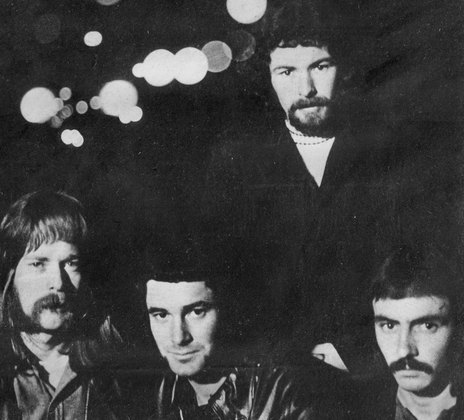
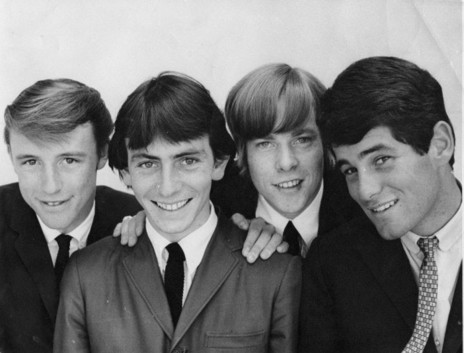
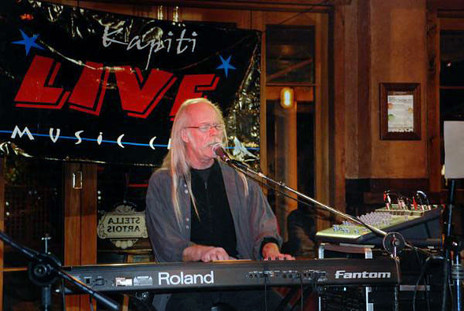
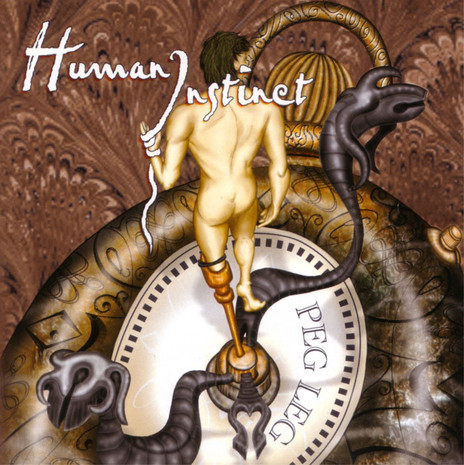
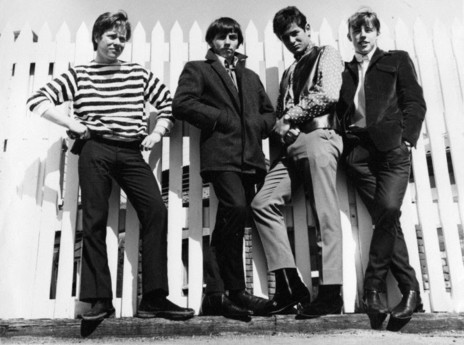
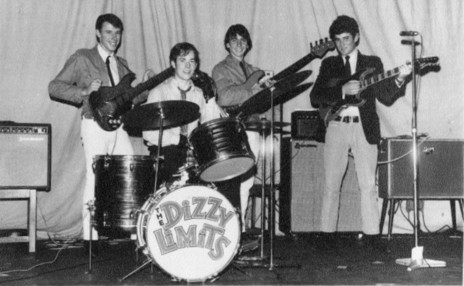
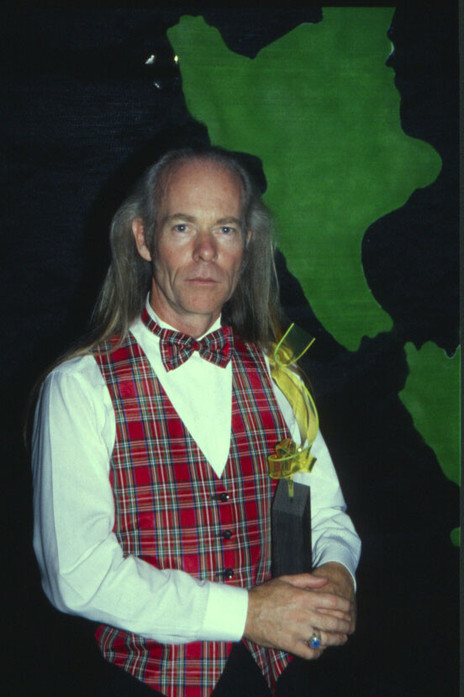
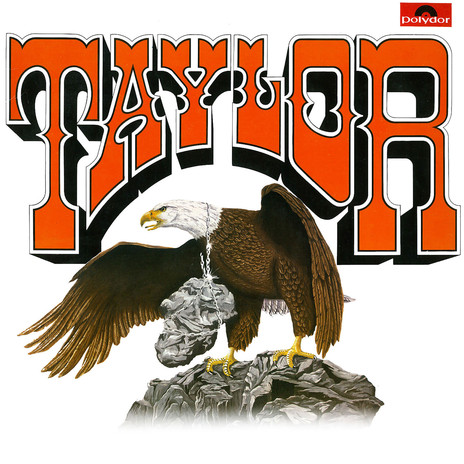
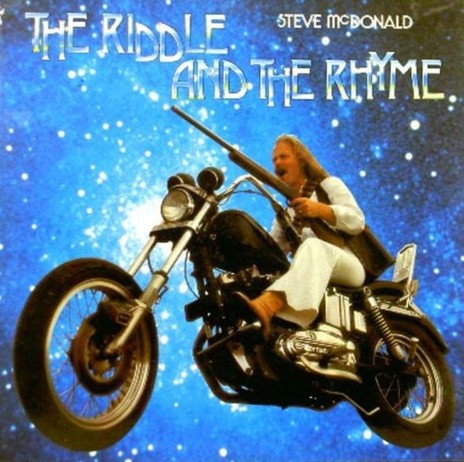
Visit our sister site
NZ On ScreenMade with funding from
NZ On Air